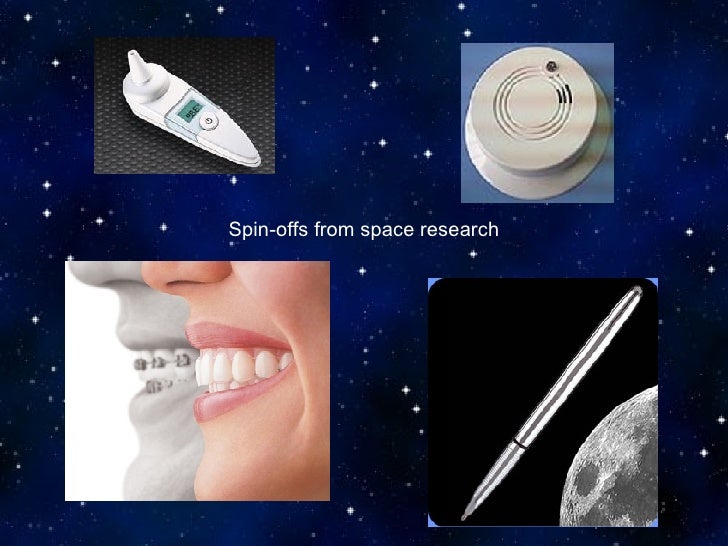
Which are homomorphic with the infinitesimal generators of the group of 3D-rotations and from which it is possible to generate every operator on H (i.e., element of L) by means of the algebraic operations of sum and product. So far our discussion was purely mathematical and for the most part consisted in showing that it is possible to find triads of operators On the other hand, there is no explicit need for J z in this context since, according to the second of Eqs.(8), J z is itself a function of J + and J. We can thus conclude this Section by an explicit formula which expresses any operator on H (i.e., any element of L) in terms of just two operators, J + and J -:Ĭonsidering Eq.(4), it is evident that Q could be rewritten also in terms of J x and J y. Using the explicit expression for u i, Eq.(12), one obtainsĪs well as the following expression for C which turns out to apply to all three cases of Eq.(17b):Ĭombining all these partial results, we have It is also relatively easy to determine explicitly the values of the X-coefficients. Together, the three statements imply that the operator corresponding to the composition of the corresponding steps nulls all base vectors |p) with the only exception of |m), for which the result is proportional to |k). Where X mk are some non-zero coefficients.Ĭonsider the following statements, each of which is an direct consequence of the requirements imposed in the previous Section:Ī) ( J - ) S+m|p) is null unless p ≥ m, in which case it is proportional to |r), where r = -S-m+p,ī) ( J +) 2S |r) is null unless r = -S, in which case it is proportional to |S), andĬ) ( J - ) S-k |S) is proportional to |k). To prove that this is indeed so, we will first show that

Consequently, should we prove that any generalized projection operator can be expressed algebraically by means of our generators, the Theorem would be proved as well. Let us suppose that a quantum system can be adequately described within the framework of an N-dimensional Hilbert space H and denote as L the linear vector space of all NxN linear operators on H (the space L is usually referred to as the Liouville space associated with H). Whether it is convenient to do so is an independent question, the answer to which depends upon the Hamiltonian operators of the studied physical systems. The conclusion is that, mathematically speaking, every finite-dimensional Hilbert space can be indeed cast as a spin space.

Physical systems, rather than being the driving force behind the development of the mathematical structures, are viewed as a purely optional content to be dealt with later. It starts by constructing the generators compatible with a set of imposed mathematical conditions. The novelty of the adopted approach consists in reversing the usual order of deductions. The proof also indicates a natural way of introducing basic spin-operator formulae and, as an aside, leads to a number of useful spin-operator identities.

There is a considerable freedom in the choice of the three generators which emerges from the proof of the previous statement. This Note stresses the often overlooked fact that every finite-dimensional Hilbert space H of quantum mechanics can be cast as a spin space and that the Liouville space L of linear operators on H can be algebraically generated from just three spin-like operators (of which just two are independent).


 0 kommentar(er)
0 kommentar(er)
